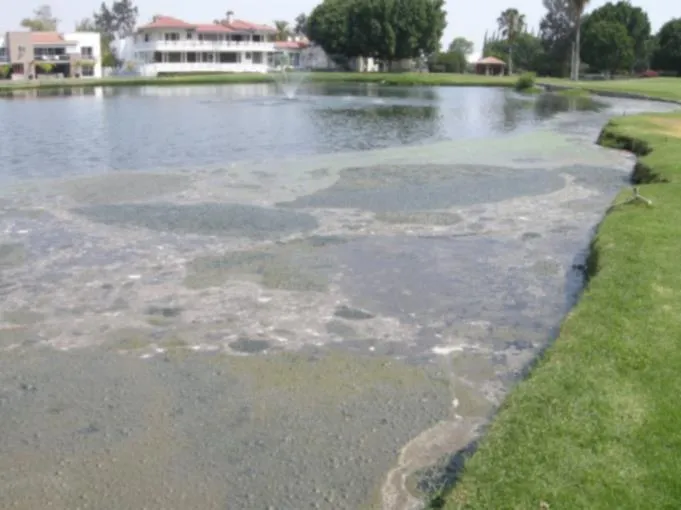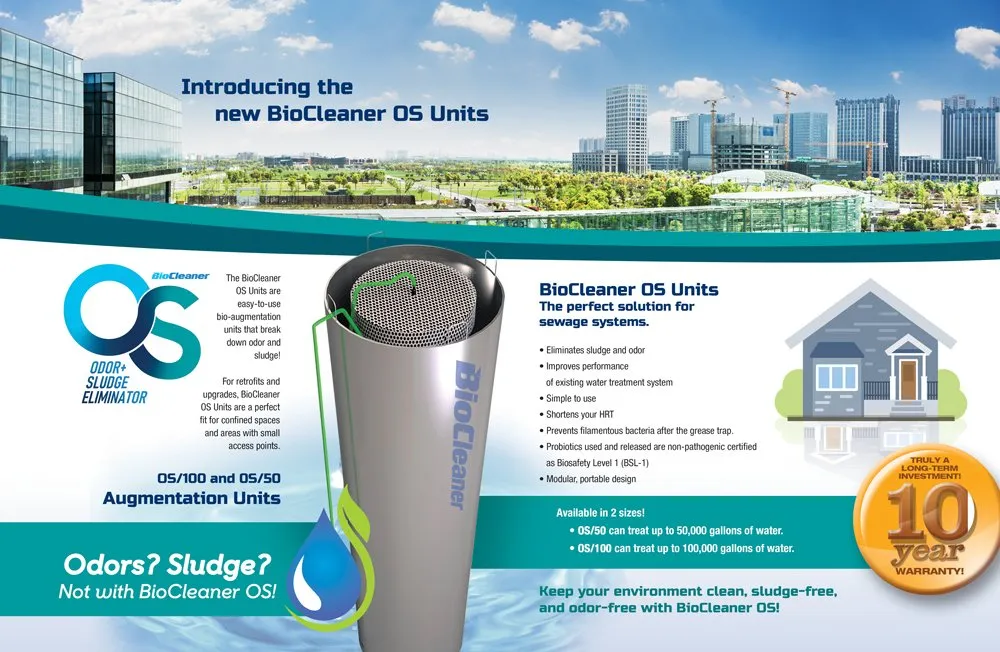

Sludge refers to the accumulated shells of dead bacteria as well as other fecal materials left from the wastewater and sewage treatment procedures. It is also commonly used to describe semi-solids that cannot be broken down by the treatment plant.
Sludge can be problematic if you let it be. To heighten the process of eliminating sludge in a convenient and easy way is by the use of BioCleaner. These units are designed to treat all sorts of wastes including toxic wastes in the water. We make sure that the effluent is sufficient to pass the standards mandated by the government for discharge. It reduces sludge, biological oxygen demand (BOD), chemical oxygen demand (COD) as well as TSS, FOG nitrates, ammonia, phosphorus and other factors that contribute to the depreciation of the quality of water.
In a golf club in Celaya, Mexico, there was a certain pond which used to be plagued by nasty sludge build ups and foul odour. This was one of the concerns in their management since it disrupted the golfing experiences of their clients, not to mention the aesthetics of the club.
Some of the issues that affected the pond in the club were; 4% of fertilizer applied to areas near lakes and ponds eventually ran off into the nearby water which is known as “nutrient-loading” and can be really harmful. An average golf course can use between 10-15 tons of fertilizer per year, and a half-ton of this fertilizer may runoff into the nearby drainage system. This damaging run-off and nutrient loading caused extreme havoc to the existing water quality as well as the surrounding eco-system and aesthetic environment.
